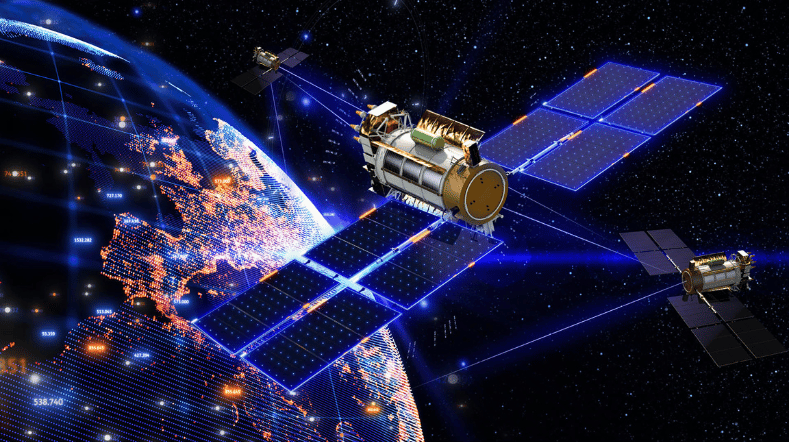
First Dutch hybrid quantum channel for secure communication successfully established
In a pioneering field test, quantum entanglement was successfully distributed among three devices located in different buildings on the TU Delft Campus. Utilizing self-developed optical devices, TNO established connections over 150 meters of free space and 200 meters of optical fiber. This small-scale configuration simulates a future satellite-ground network connection. The communication system’s components were developed by six different companies*.
Code name KiQQer
The field test (code name KiQQer) aimed to demonstrate that existing quantum technologies can all be combined in a single system for secure quantum communication. With the establishment of this quantum channel we demonstrate that these components are ready to be used in industry and to build valid systems.
Next steps
With this field test we shared entangled information in a secure way, making it impervious to hacking. This technology is particularly beneficial for industries handling sensitive data, such as banking, defense, and healthcare. By showcasing the integration of existing commercial components, we facilitate the future adoption of this advanced technology across various sectors.
Quantum entanglement in experimental setup
The system used in the experiment consists of three receiving parts (nodes). The central part is a box with an optical head on a tripod that sends laser beams through a window from the TNO building to the TU Delft building, 150 meters away. In this building, another optical head receives and detects the signals. At the same time, the box in the central part sends similar signals through a 200-meter optical fiber to a lab inside TNO.
Here the signal is received and measured in similar fashion as in the TU Delft building. Once these two paths are correctly aligned and stable, photons carrying quantum information are sent to both ends. During the experiment measured correlations between these photons were stronger than allowed by classical physics.
This means quantum entanglement was achieved, creating a quantum channel between the three receivers. It ensures the security of the cryptographic keys exchanged between two parties since any attempt to intercept the photon disturbs the entanglement, causing detectable errors. One direct application therefore is Quantum Key Distribution (QKD), enabling highly secure communication. The KiQQer experimental setup includes hardware based bi-directional node authentication, addressing a key limitation of conventional QKD systems.
*Partners in the hybrid quantum channel project
Partners in the hybrid quantum channel project (KiQQer) are Qunnect, Single Quantum, Qblox, Xairos, OPNT and Fortaegis.
The public-private partnership in the KiQQer project is partly funded by the Ministry of Economic Affairs, through Top Sector High Tech Systems and Materials, grant number 24PPS060 (TNO).
Get inspired
TNO's laser communication terminal secures prestigious win at EARTO Innovation Awards


TNO launches Qu-STAR to pioneer quantum internet via space


This is our time: Industrialising TNO's optical satellite communication technology


This is our time: working on breakthroughs in laser satellite communication


Making the Netherlands indispensable in laser satellite communication


